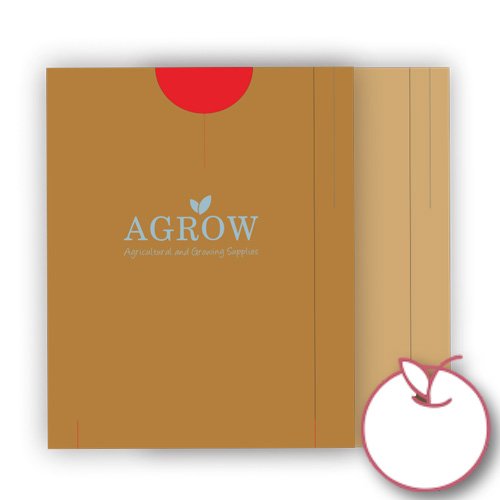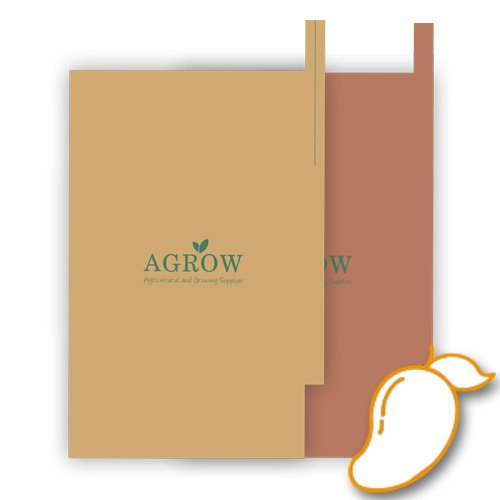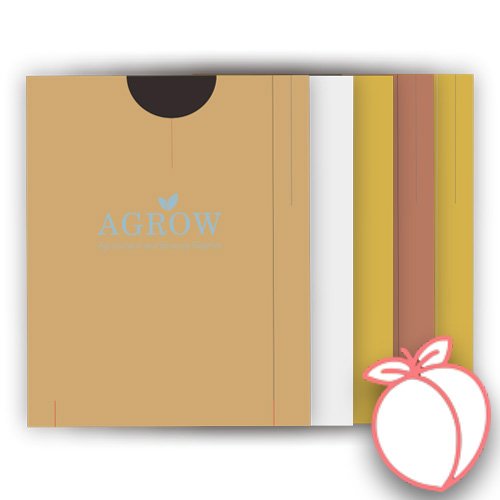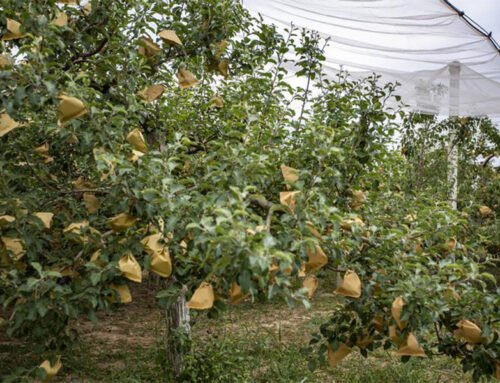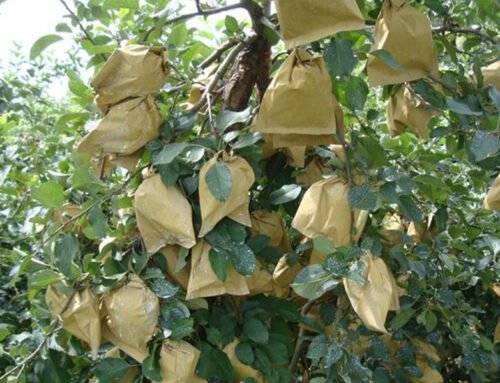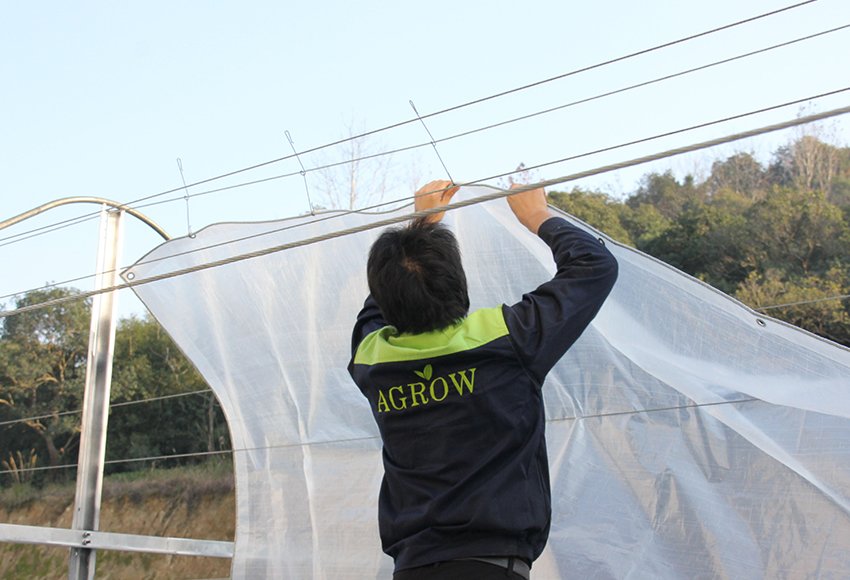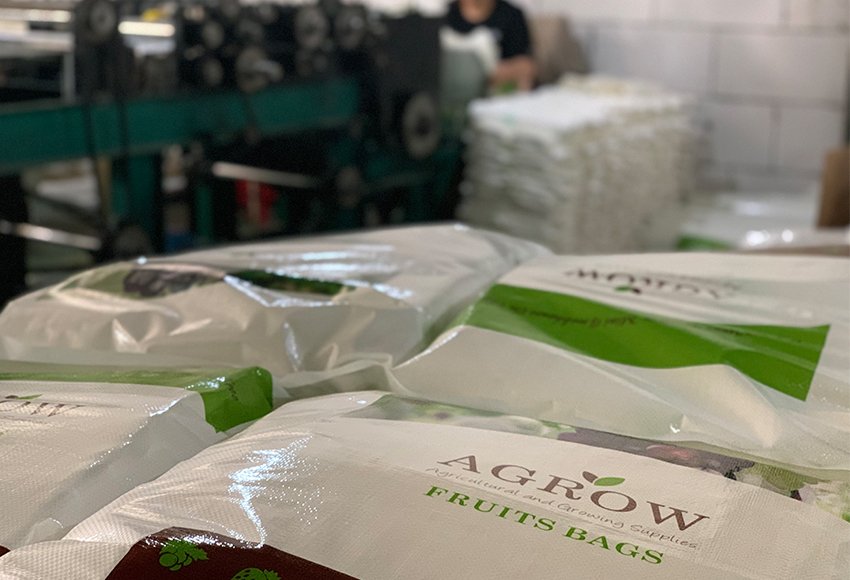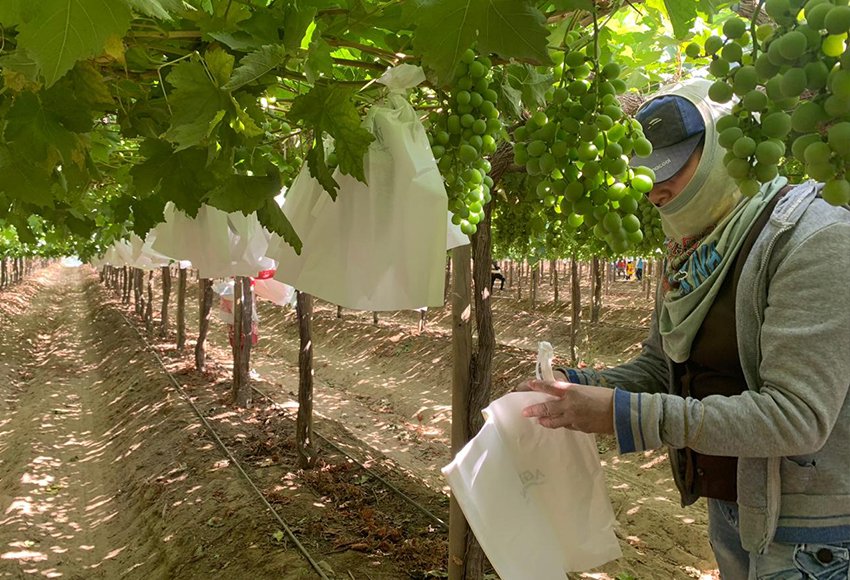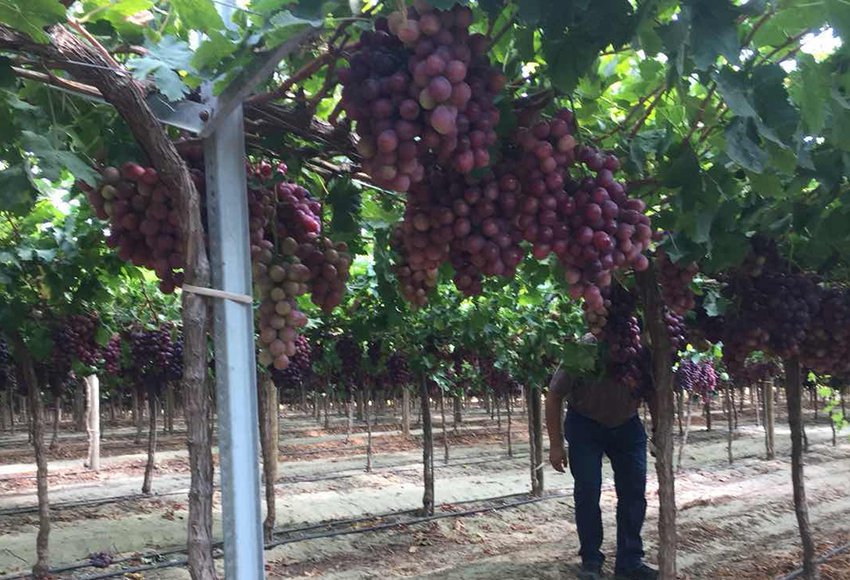The differences between fruit bagging cultivation and bagless cultivation
The choice of fruit bagging cultivation or bagless cultivation depends on many factors, including fruit type, planting environment, pest and disease situation, market demand and economic cost. The following is a detailed comparison and selection suggestions of these two cultivation methods:
Fruit Bagged Cultivation
Advantages:
1. Pest and Disease Control: Bagging can effectively isolate the fruit from the external environment, reducing pest and disease attacks.
2. Reduced Pesticide Residue: Since the fruit does not directly contact pesticides, bagging lowers pesticide residues, enhancing fruit safety.
3. Improved Fruit Appearance: Bagging prevents blemishes, cracks, and other surface defects, increasing the commercial value of the fruit.
4. Protection from Mechanical Damage: Bags protect the fruit from wind, rain, birds, and other external mechanical damage.
5. Regulated Fruit Maturity: Bagging can regulate light and temperature exposure, promoting uniform fruit ripening.
Disadvantages:
1. High Labor Costs: Bagging requires significant manual labor, increasing labor costs.
2. Complex Operations: The processes of bagging and unbagging are labor-intensive and require high levels of skill and management.
3. Poor Ventilation: Bags may lead to poor ventilation around the fruit, increasing the risk of certain diseases like mold.
4. Impact on Photosynthesis: Bagging can affect the fruit’s exposure to light, potentially impacting sugar accumulation and fruit quality.
Non-Bagged Cultivation
Advantages:
1. Lower Costs: Non-bagged cultivation eliminates the need for bagging and unbagging, saving labor costs.
2. Simpler Management: The management process is simpler without the need for bagging operations.
3. Better Ventilation: Fruits are exposed to the air, improving ventilation and reducing the risk of mold and other diseases.
4. Full Photosynthesis: Fruits receive full sunlight, which is beneficial for sugar accumulation and improving fruit quality.
Disadvantages:
1. Higher Pest and Disease Risk: Fruits are directly exposed to the environment, making them more susceptible to pests and diseases.
2. Pesticide Residue: More pesticides may be needed to control pests and diseases, increasing the risk of pesticide residues.
3. Mechanical Damage: Fruits are more prone to damage from wind, rain, birds, and other external factors, affecting their appearance and quality.
4. Variable Fruit Appearance: Non-bagged fruits may have more variability in appearance compared to bagged fruits.
Choosing the Right Method
1. Economic Considerations: Farmers need to balance the costs and benefits of bagged versus non-bagged cultivation to choose the most economically viable method.
2. Market Demand: The choice may depend on market requirements for fruit appearance and quality.
3. Pest and Disease Pressure: The level of pest and disease pressure in the orchard can influence the choice. Higher pressure may make bagging more suitable.
4. Management Capability: The choice may also depend on the farm’s management level and labor availability, opting for a method that matches their operational capacity.
By considering these factors, farmers can select the cultivation method that best suits their orchard conditions, aiming for optimal fruit quality and economic returns.
